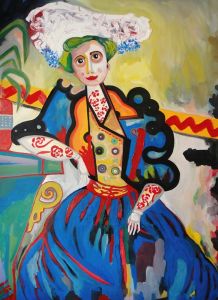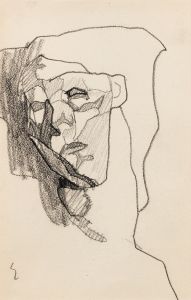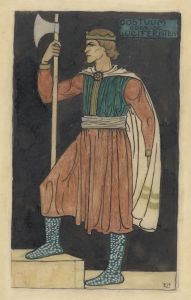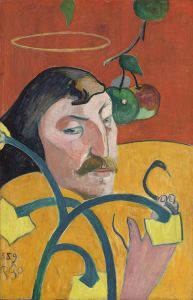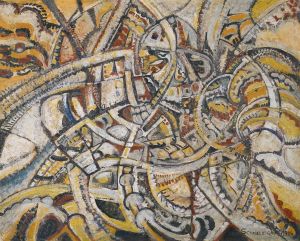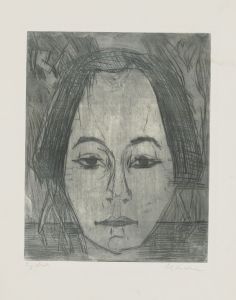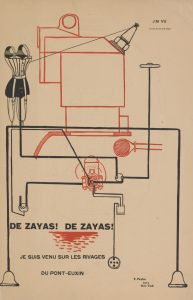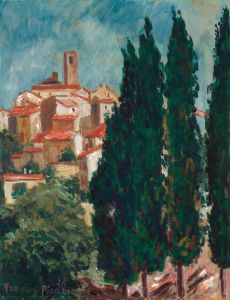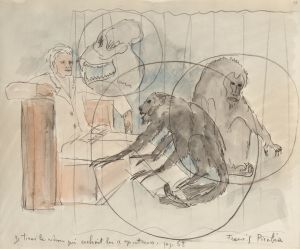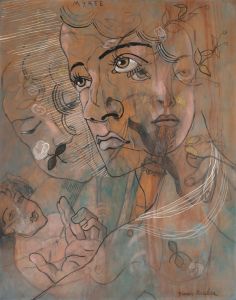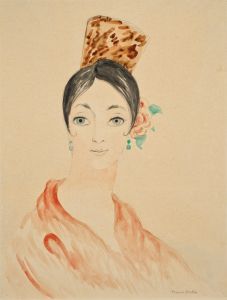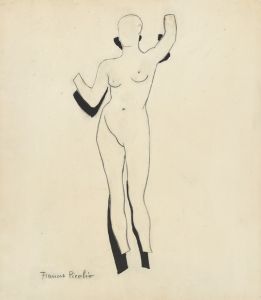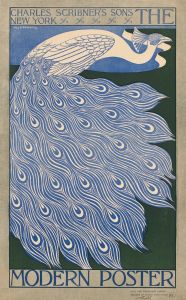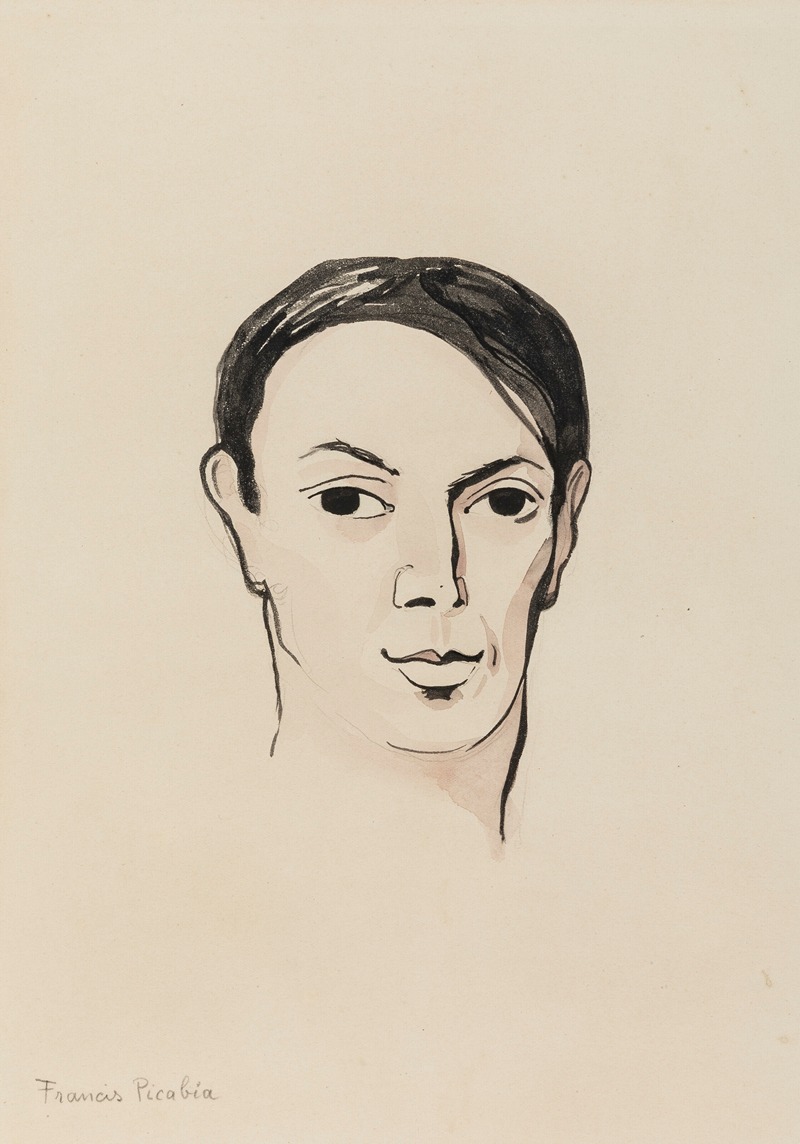
Portrait de Pablo Picasso
A hand-painted replica of Francis Picabia’s masterpiece Portrait de Pablo Picasso, meticulously crafted by professional artists to capture the true essence of the original. Each piece is created with museum-quality canvas and rare mineral pigments, carefully painted by experienced artists with delicate brushstrokes and rich, layered colors to perfectly recreate the texture of the original artwork. Unlike machine-printed reproductions, this hand-painted version brings the painting to life, infused with the artist’s emotions and skill in every stroke. Whether for personal collection or home decoration, it instantly elevates the artistic atmosphere of any space.
Francis Picabia's Portrait de Pablo Picasso is a notable artwork created by the French avant-garde artist Francis Picabia. This painting is part of Picabia's exploration of modernist and Dadaist themes, reflecting his innovative approach to art during the early 20th century. The work is a portrait of Pablo Picasso, one of the most influential figures in modern art, and it serves as a testament to the interconnectedness of the avant-garde art community during this period.
Picabia was known for his eclectic style and his ability to traverse various artistic movements, including Impressionism, Cubism, Dada, and Surrealism. Portrait de Pablo Picasso exemplifies his engagement with Cubist aesthetics, as well as his playful and often ironic approach to portraiture. The painting does not aim to present a realistic depiction of Picasso but rather captures his essence through abstract and geometric forms, a hallmark of the Cubist movement.
The exact date of the painting's creation is not definitively documented, but it is believed to have been produced during the 1910s or 1920s, a period when Picabia was actively involved in the Dada movement and experimenting with non-traditional forms of representation. During this time, Picabia was in close contact with other leading figures of the avant-garde, including Marcel Duchamp and Guillaume Apollinaire, and his work often reflected the intellectual and artistic exchanges within this circle.
The painting is significant not only for its artistic qualities but also for its subject matter. Picasso, as a central figure in the development of Cubism and modern art, was a fitting subject for Picabia's experimental portraiture. The work can be seen as a tribute to Picasso's influence on contemporary art, as well as a reflection of Picabia's own innovative spirit.
Portrait de Pablo Picasso has been exhibited in various galleries and museums, contributing to the appreciation of Picabia's diverse body of work. The painting is often discussed in the context of Picabia's broader artistic contributions and his role in shaping the avant-garde movements of the early 20th century.
Due to limited available documentation, further details about the painting's provenance, current location, and reception remain sparse. However, it continues to be recognized as an important piece within Picabia's oeuvre and a fascinating intersection of two major figures in modern art history.





